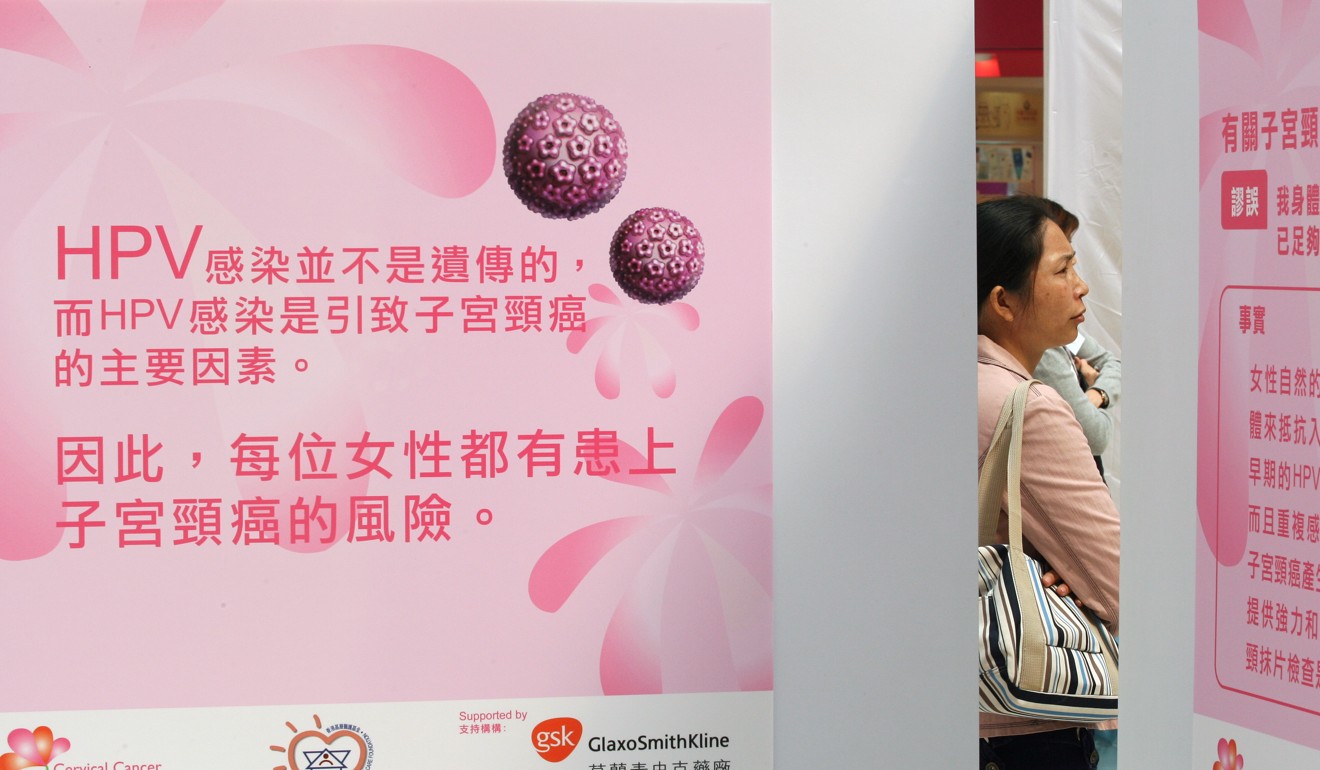
How South Asian women in Hong Kong can get a multimedia boost in cancer awareness
- A cervical cancer screening awareness programme that used multimedia material tailored to the South Asian community’s needs and culture produced encouraging results

Although the government has stepped up the promotion of cervical cancer screening through different social media platforms, the uptake rate among South Asian women is still 20 per cent lower than that of the general population. A possible reason is that South Asian women often encounter barriers in accessing health information and cancer-screening services, creating obstacles for them to receive early medical treatment. There is also the culture of not openly discussing issues related to women’s health.
A community-based multimedia intervention, including a health talk, video and booklet, on cervical cancer prevention and screening, and first developed by a Chinese University research team, was implemented in community centres and ethnic minority associations serving South Asians. The materials used simple and culturally relevant graphics, easily understandable words, speakers or on-site interpreters and actors and actresses of South Asian origin, and were translated into the native languages of the service recipients.
The 51 health talk sessions attracted 1,061 South Asian women, who gave positive feedback on enhanced knowledge about the disease and screening, and the culturally relevant nature of the multimedia material. Moreover, the 51 collaborating organisations agreed to provide continual support to the intervention.

A follow-up survey was conducted among 371 South Asian women who had attended the programme. Two-thirds of them had not had a test before the intervention; one-third of this group decided to undergo their first screening after it. Around half of previously screened women continued to attend screenings as recommended.
The survey revealed that a multimedia intervention did exert some influence on South Asian women’s decision to undergo cervical screening. In addition to testing whether such an intervention could increase South Asian women’s knowledge of the disease and screening while increasing their awareness of health problems even in the absence of symptoms, the survey showed the importance of continual implementation of the intervention.
Such multimedia interventions can also be used for other diseases, such as diabetes and cardiovascular diseases, that are common among South Asians. The government should allocate more resources to the development of culturally relevant multimedia interventions for common diseases among South Asians and to the training of health professionals and interpreters.
Moreover, community centres and associations that continue to promote and support the implementation of multimedia interventions for the South Asian population need financial and manpower support. It is hoped that such interventions will not only benefit South Asians, but also other ethnic minority groups in Hong Kong.
Dorothy N.S. Chan & Winnie K.W. So, The Nethersole School of Nursing, Faculty of Medicine, Chinese University of Hong Kong